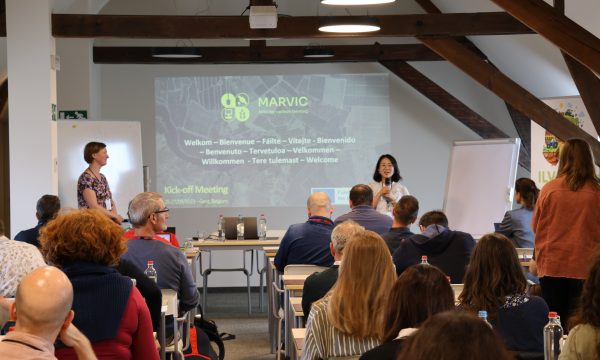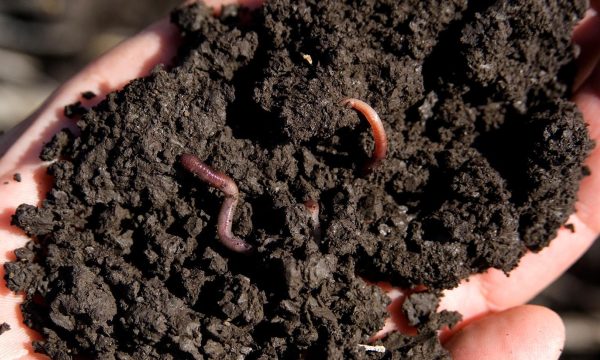Press release True measurement of volatile nitrogen from animal housing, is that (almost) possible?
The nitrogen emissions that dissipate under the form of ammonia from a barn with chickens, dairy cattle, beef cattle or pigs are now determined with a prediction model, based on a fixed emission factor per animal species and barn type. It is thus an average estimate.
Farmers who put in more or less effort via their feed, cleanup and farm management most likely produce either less or more than the score they get. The deviation can be large, according to emissions experts. Until now, the slope of continuously measuring emissions in real time in individual barns has been unaffordable and impractical. However, there is a chance that this could change in the future, partly due to research by ILVO.Eva Brusselman (ILVO emissions specialist): "By the end of 2024, we will have completed the 4 phases of the ammonia monitoring project commissioned by the Flemish Governmental Department of the Environment. It will then become clear whether, and if so which sensors are suitable, reliable and robust to determine actual emissions 24 hours a day, 7 days a week in a pig, poultry and dairy house. Phase 1, the market study of existing sensors, has already been a success."
After a broad call to sensor companies, 19 companies from different European countries showed interest in our study. Most of them are not active in the agricultural sector with their sensors, only in industrial environments. ILVO selected 9 companies that are now willing to provide ILVO with 2 devices free of charge.
Phase 2 starts soon: the sensors will be subjected to tests in the ILVO emissions lab. To what extent can they continuously measure the correct ammonia levels in prepared air-ammonia mixtures whose concentrations vary over time?
Practice testing in the barn will then follow in 2023 and 2024. The sensors that have passed the laboratory test will then first be tested on pigs, chickens and dairy cows for a short period of time. The sensors that give correct measurements there will go into the barn for a longer period in phase 4.
By the end of 2024, ILVO will thus have an answer to the question of whether it is realistic for an individual barn to continuously measure the actual ammonia emissions.
2022: Ten years of ILVO emissions research for the Flemish Environmental Policy Area
The Environmental Policy Area, responsible for management of the quality of water, air and soil in Flanders, appointed ILVO 10 years ago to give them scientific support on fugitive emissions from the livestock sector. Eva Brusselman (ILVO): "Our tasks have evolved over time. First we were asked to write reports based only on existing scientific literature. Then came large measurement campaigns on certain types of livestock or techniques. After air scrubbing techniques (measurement campaign 1) and low-emission chicken houses (measurement campaign 2), the dairy barns are next."


